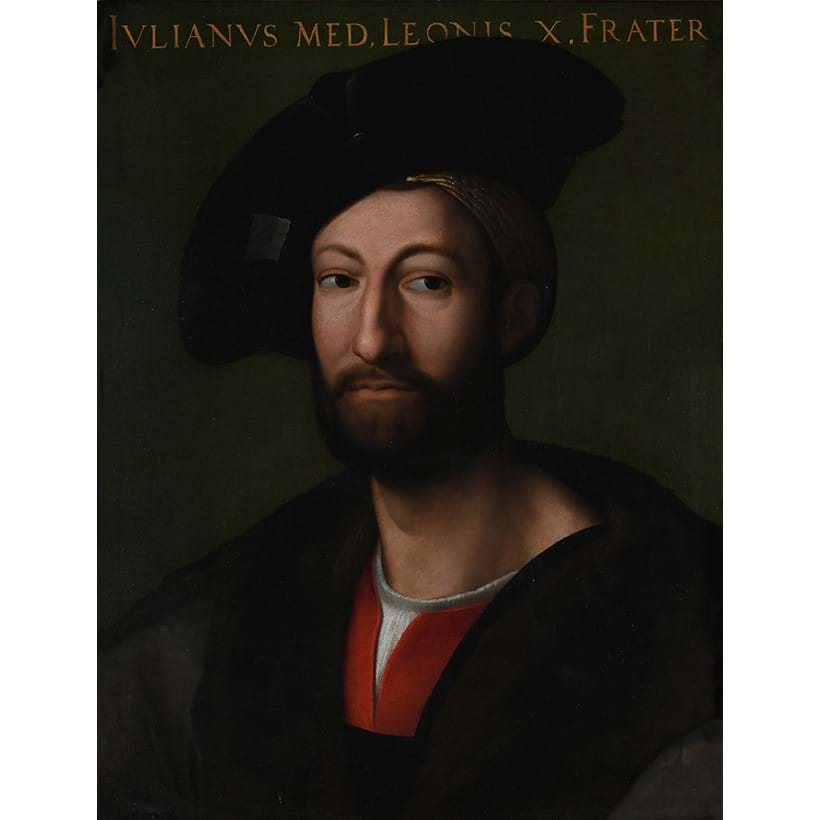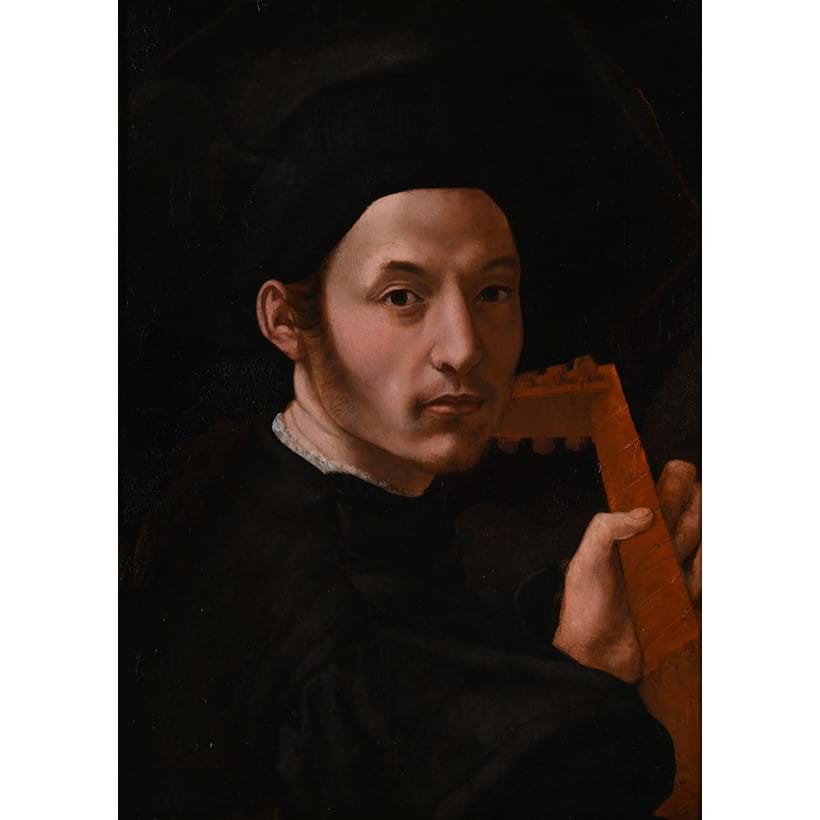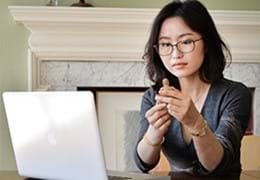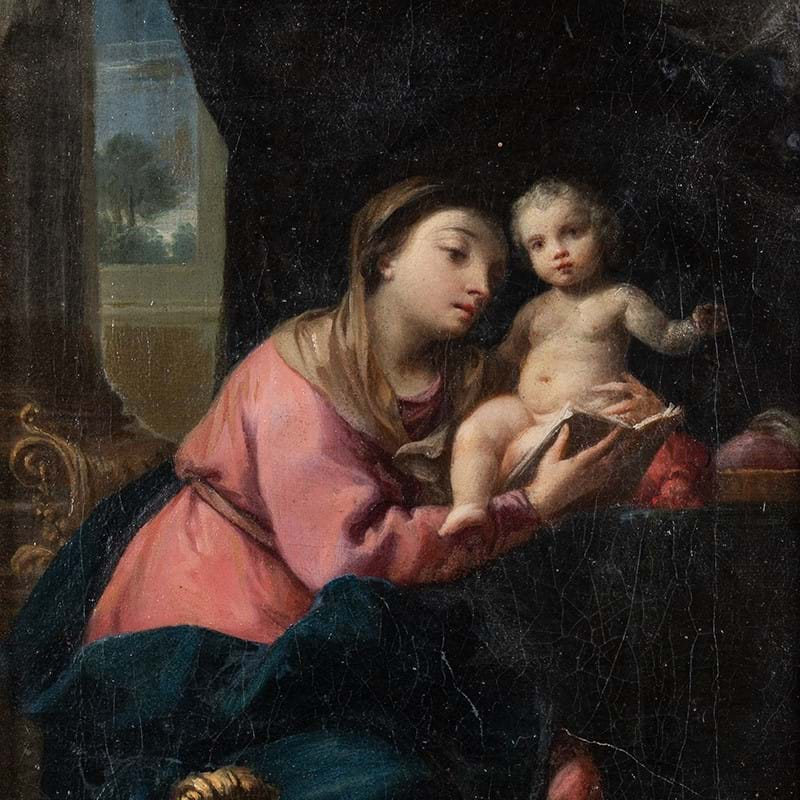New Discoveries | A Collector's Eye: Pictures from a Norfolk Country House | 4 November 2025
On Tuesday 4 November, we have our Old Master, British, and European Art auction. The sale opens with an exceptional collection from a private Norfolk country house (Lots 1–54). Assembled over several decades, the collection offers a number of works by female artists, as well as paintings embracing the Grand Tour tradition. A defining characteristic of the group is the collector’s evident eye for detail and quality, even when hidden behind centuries of dirt and overpaint. Subsequent research and restoration have brought to light new discoveries, such as the wonderful 'Portrait of Guliano de Medici, Duke of Nemours', Circle of Raphael (Lot 11), and the striking Florentine Portrait of a 'Musician with a Lute' (Lot 14).
Circle of Raphael
One such piece is the wonderful Portrait of Guliano de Medici, Duke of Nemours, Circle of Raphael. Several portraits of Giuliano de’ Medici (1479–1516), Duke of Nemours and brother of Pope Leo X, survive, but none can be securely identified as Raphael’s original. Letters written soon after the portrait’s creation confirm that such a work existed, and after Giuliano’s death it inspired many copies, including Vasari’s fresco in the Palazzo Vecchio (based on the version owned by Ottaviano de’ Medici) and a panel by Alessandro Allori in the Uffizi. A version now in the Metropolitan Museum of Art, once thought to be Raphael’s own, is now considered a copy or workshop piece.

Raphael was one of the very greatest portrait painters of his age, and we know a good deal about his Roman portrait practice. It is believed that Raphael frequently relied on assistants when painting portraits. This was more commonly the case in formal, commissioned portraits and does not seem to have occurred with the (more intimate) portraits of his friends. His Roman portraiture comprises Cardinals and papal courtiers, as well as portraits of Popes Julius II and Leo X, formal portraits of members of the Medici family and of a Neapolitan beauty for King Francois Ier, as well as more intimate portraits of private citizens and friends (both male and female). The majority of these are at least half-length and include one or both of the sitter's hands.
Turning to the current painting, technical examination supports a date in the early sixteenth century. The painting, on a single poplar plank with vertical grain and visible gesso drips, shows no sign of trimming and was executed to the panel’s edges, typical for the period. X-radiography reveals no major changes; infrared imaging shows alternative drawn poses, perhaps abandoned designs rather than proof of authorship. The underdrawing’s hesitant lines suggest tracing, not freehand work.
The execution is refined, notably in the modelling of the face and eyes, though details such as the hairnet and sleeves are weaker, consistent with partial workshop participation. Overall, the work appears to be a high-quality sixteenth-century painting closely related to Raphael’s lost original. Its composition likely derives from a larger half-length version showing the sitter’s hands. Rather than a later copy, it is best regarded as a reduced replica produced within Raphael’s workshop—probably in Rome in the later 1510s or early 1520s—based on a studio cartoon.
Florentine School
There is also the striking Florentine Portrait of a Musician with a Lute, which after subsequent cleaning revealed significant additional compositional details, such as the sitter’s hat, contributing to the overall quality of the piece. It is a defining example of 16th-century Florentine portraiture. Artists in 16th-century Florence were known to gather in intimate cultural circles alongside poets, musicians, and merchants. These gatherings often involved the reading of Dante, Petrarch, and classical authors, as well as musical performances and recitations. The sitter may be envisioned as a member of these cultural circles, confidently exhibiting his erudition through the presence of the lute. Music was a sign of cultural accomplishment, prized by artists and the elite, and it was not uncommon for sitters to pose with their musical instrument.

View page turning catalogue
Auction Details
Tuesday 4 November 2025, 10.30am GMT
Dreweatts, Donnington Priory, Newbury, Berkshire RG14 2JE, UK
Bidding is available in person at our salerooms, online, by telephone or you can leave commission (absentee) bids.
Browse the auction
Sign up to email alerts
Viewing in London (Highlights):
Dreweatts, 16-17 Pall Mall, St James’s, London SW1Y 5LU
Friday 17 - Wednesday 22 October (no weekend viewing)
Viewing in Newbury (Full sale):
Dreweatts, Donnington Priory, Newbury, Berkshire RG14 2JE, UK
Saturday 1 - Monday 3 November
Further information:
General enquiries: + 44 (0) 1635 553 553 | pictures@dreweatts.com
Press enquiries: press@dreweatts.com














